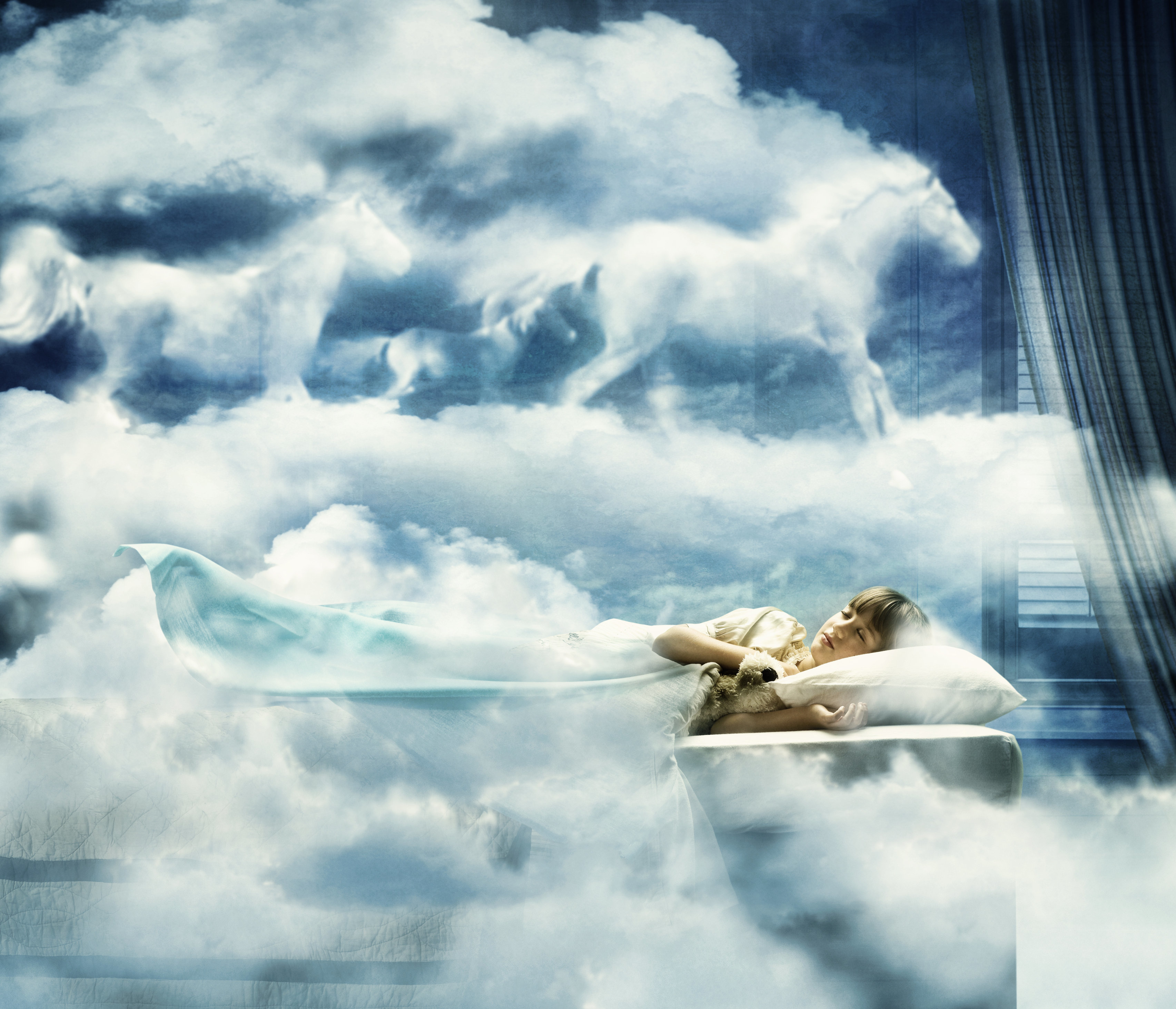


Then, after your last REM cycle, you wake up rested and alert, said Dr. Ideally, you move through the four stages in 90- to 110-minute cycles that repeat four to six times in a typical night. Meanwhile, your brain paralyzes the muscles in your arms and legs, preventing you from acting out your dreams, Dasgupta explained. Brain regions involved in processing emotions and sensory input (from your dream world) light up. Then you enter the third stage, known as deep sleep, when your body repairs your bones and muscles, strengthens your immune system, releases hormones and restores your energy.Īfter that, REM sleep begins, and your heart rate, breathing and brain activity all increase. Your breathing and heart rate decelerate and your muscles relax as you slip into the second stage of non-REM sleep, where your body temperature drops and your brain waves get slower. This lasts less than 10 minutes and is considered a light sleep. Where does REM sleep fall in the sleep cycle?Throughout the night, “we’re going in and out of this rhythmic, symphonic pattern of the various stages of sleep: non-REM 1, 2, 3 and REM,” said Rebecca Robbins, an instructor in medicine at Harvard Medical School and an associate scientist in the division of sleep and circadian disorders at Brigham and Women’s Hospital.Īs you doze off, you enter the first stage of non-REM. But from what researchers do understand, REM is critical to our emotional health and brain function – and potentially even our longevity. “It is fair to say that there is a lot left to learn about REM sleep,” Dasgupta said. Scientists are still working to unravel exactly how this strange state of consciousness works. While the body typically remains “off” during REM sleep, the brain is very much “on.” It’s generating vivid dreams, as well as synthesizing memories and knowledge. Researchers today, however, understand sleep as a highly active process composed of very different types of rest – including REM, which in some ways doesn’t seem like rest at all. Rajkumar Dasgupta, a sleep medicine and pulmonary specialist at the Keck School of Medicine of the University of Southern California.īefore scientists discovered REM sleep in the 1950s, it wasn’t clear that much of anything was happening in the brain at night. “It’s also called paradoxical sleep or active sleep, because REM sleep is actually very close to being awake,” said Dr. And no stage of sleep demonstrates that better than rapid eye movement, or REM, commonly called dream sleep. Any sleep tracker will show you that slumber is far from a passive affair.


 0 kommentar(er)
0 kommentar(er)
